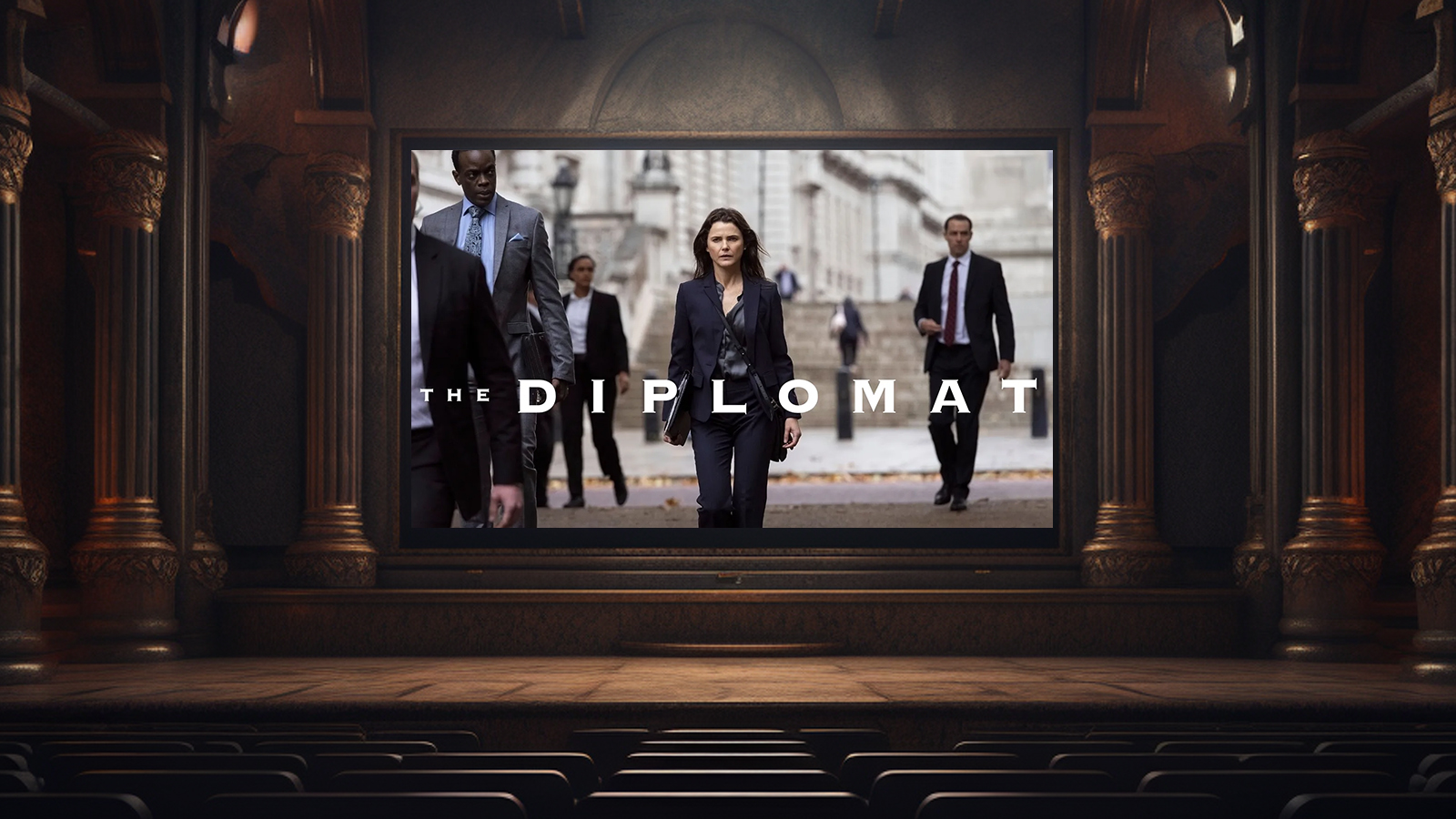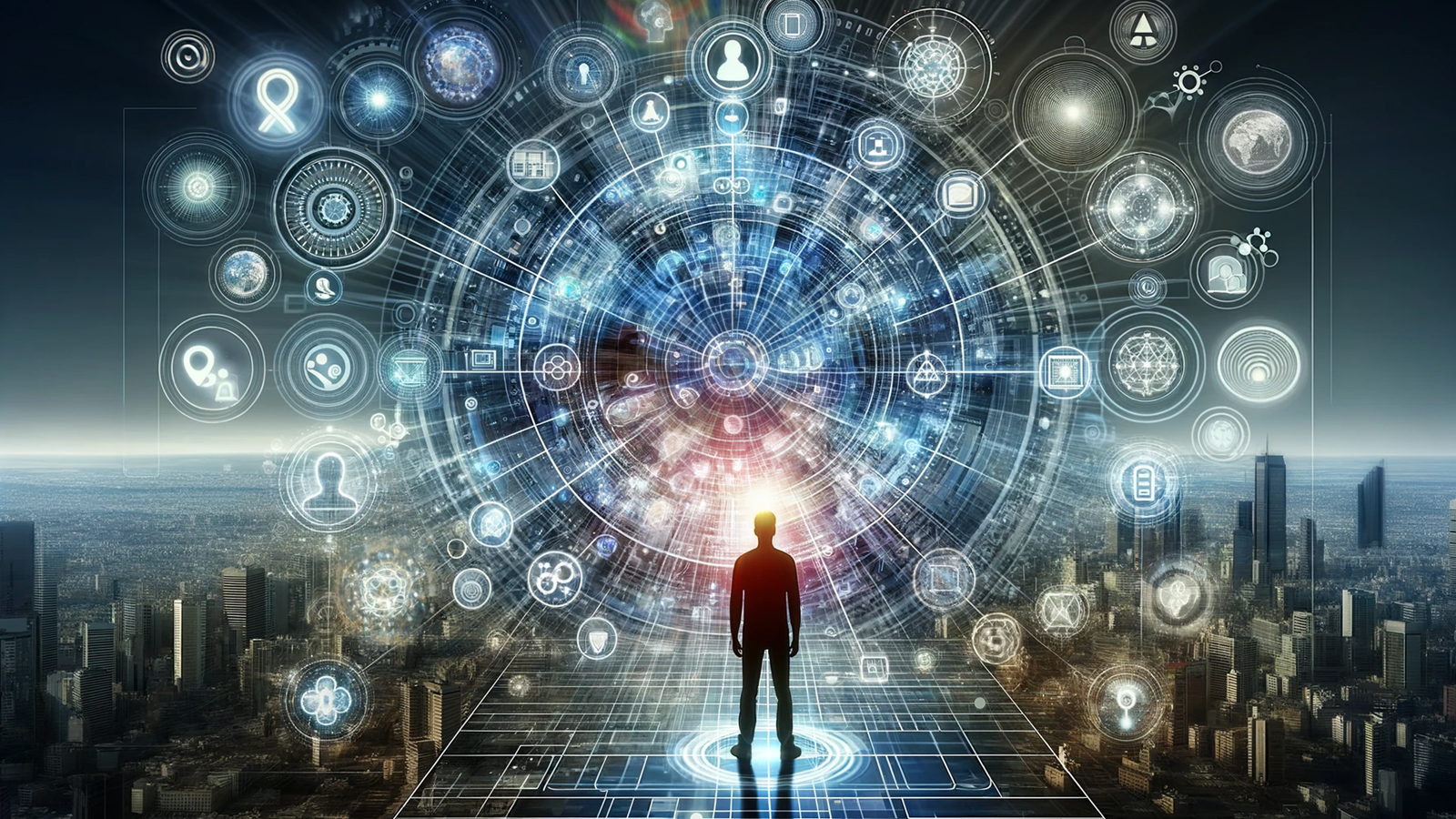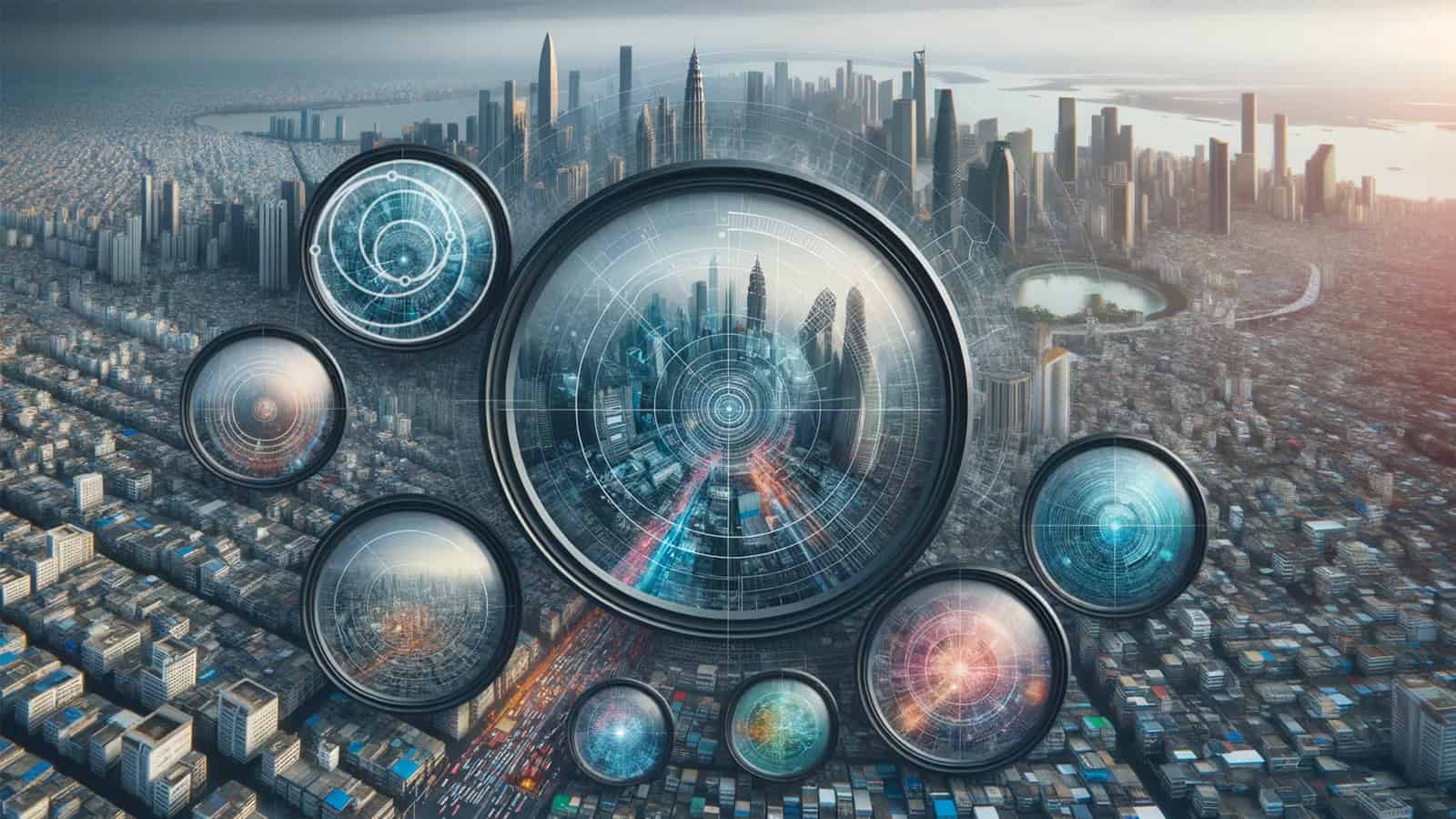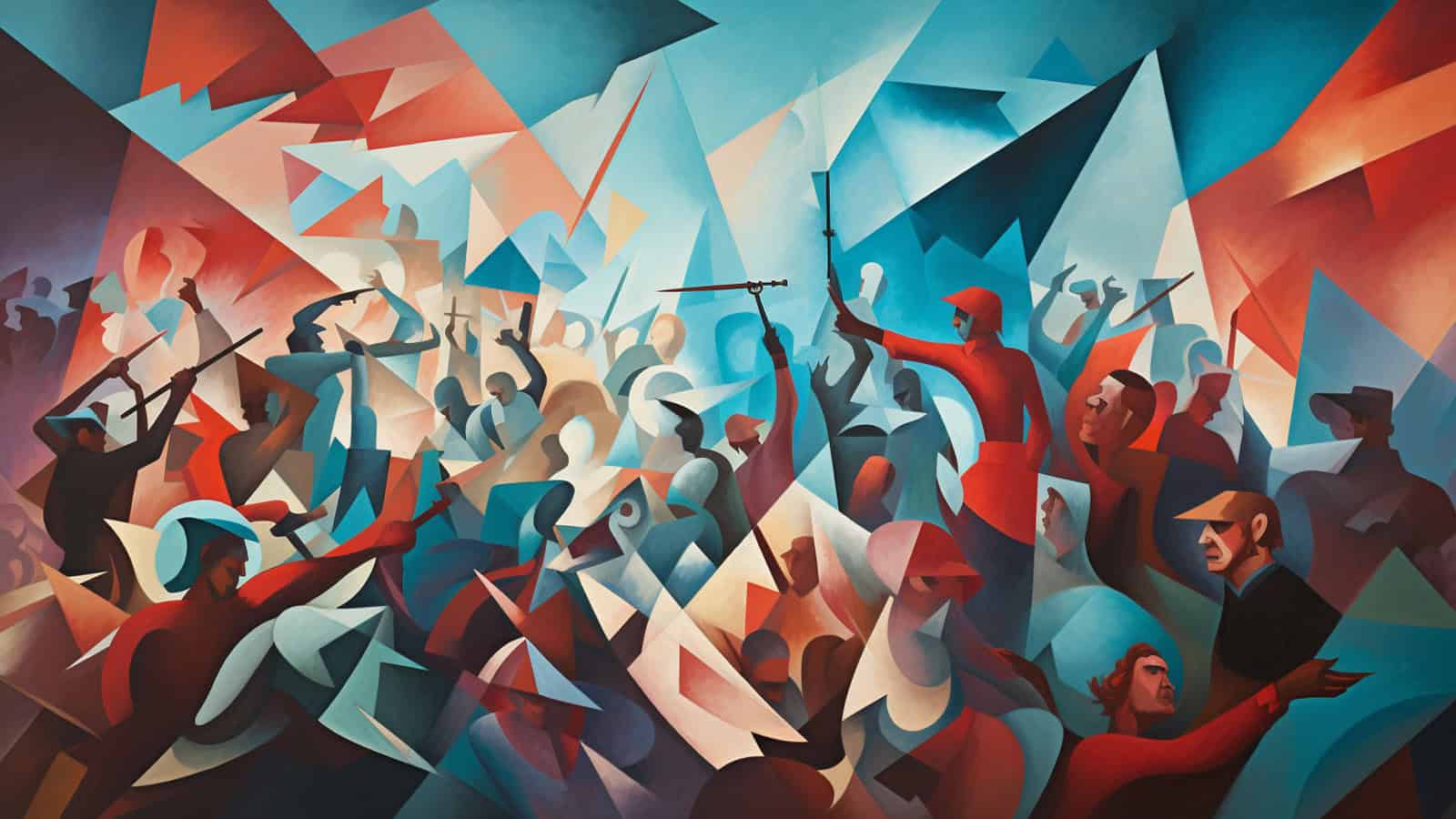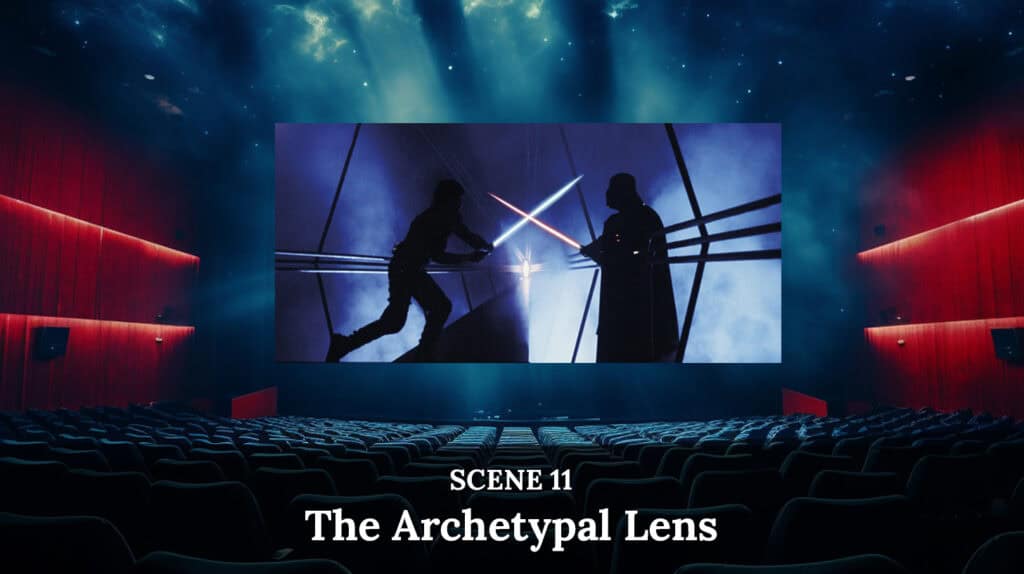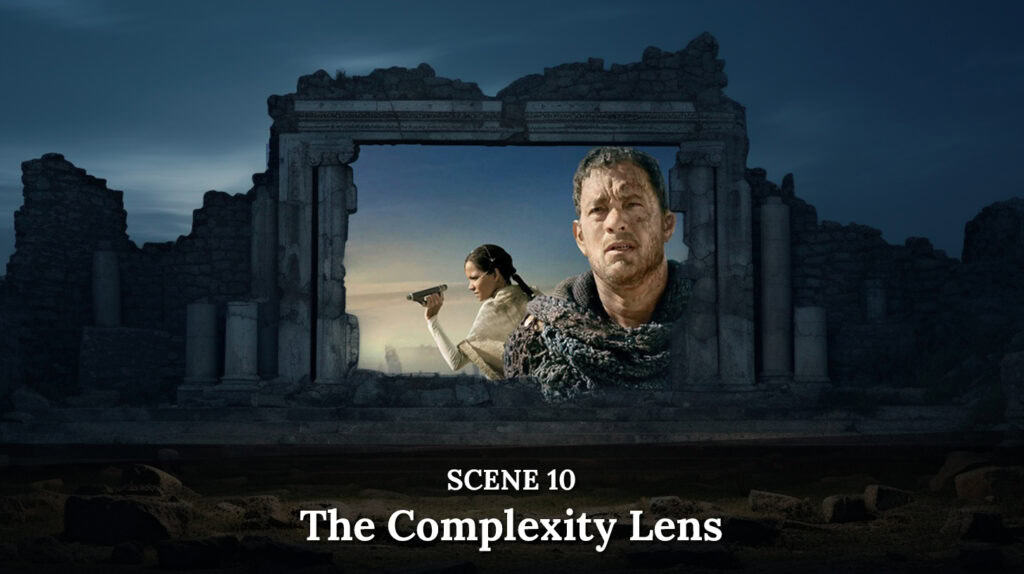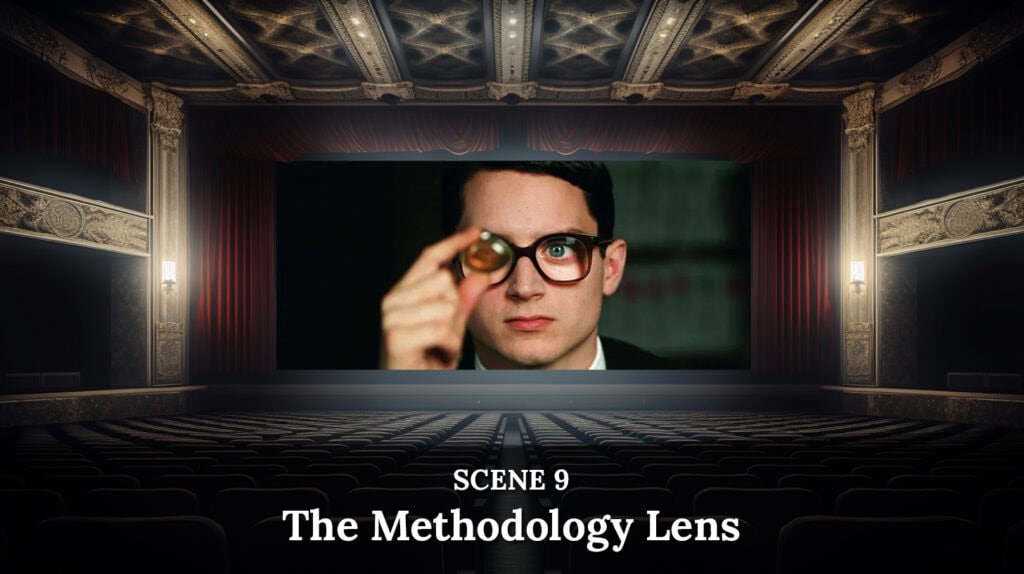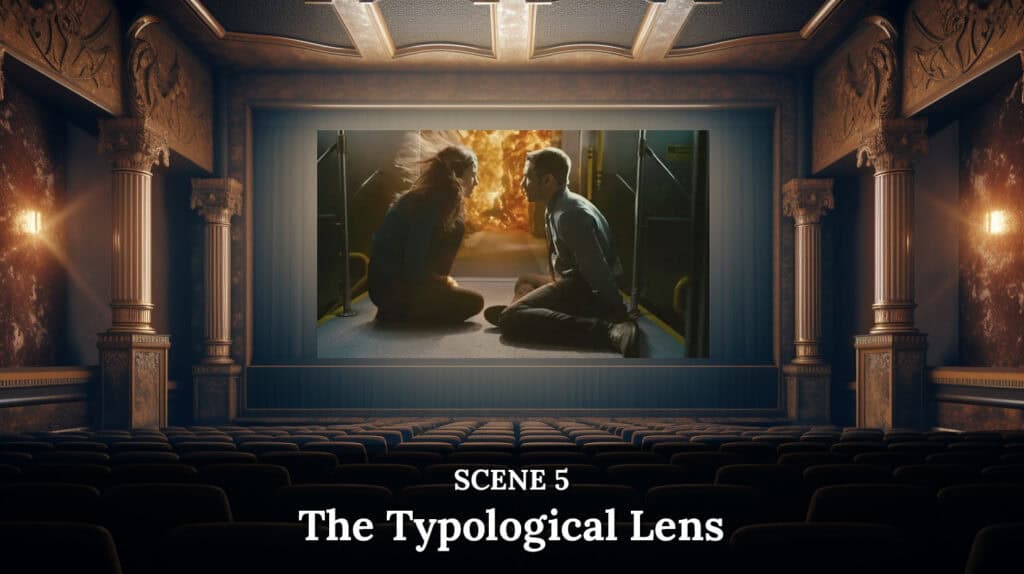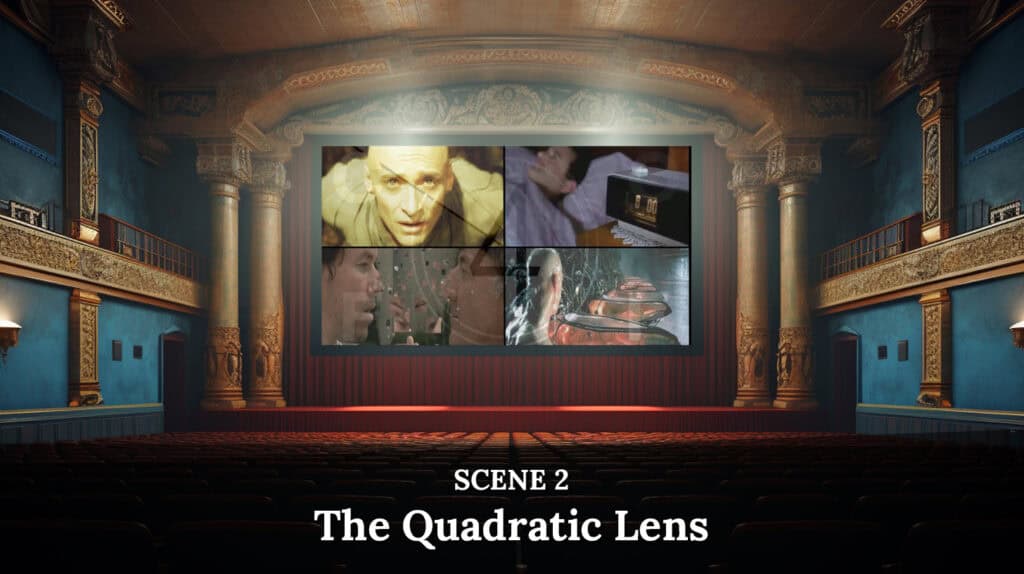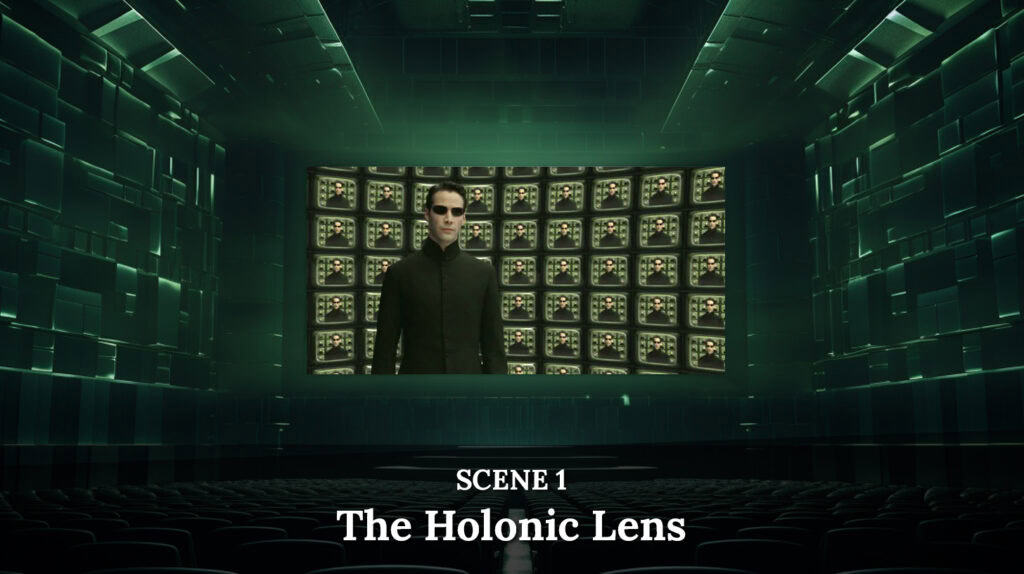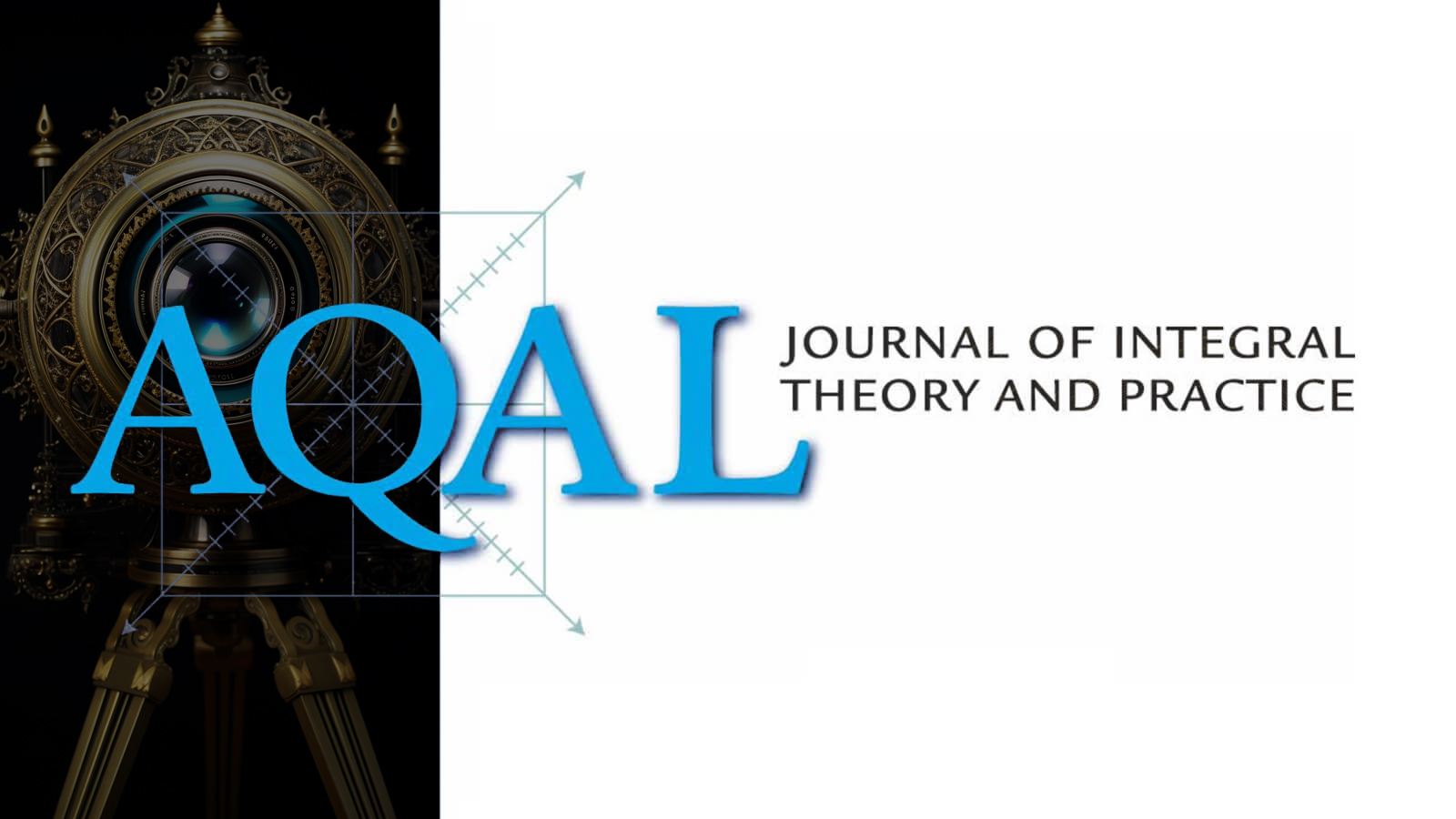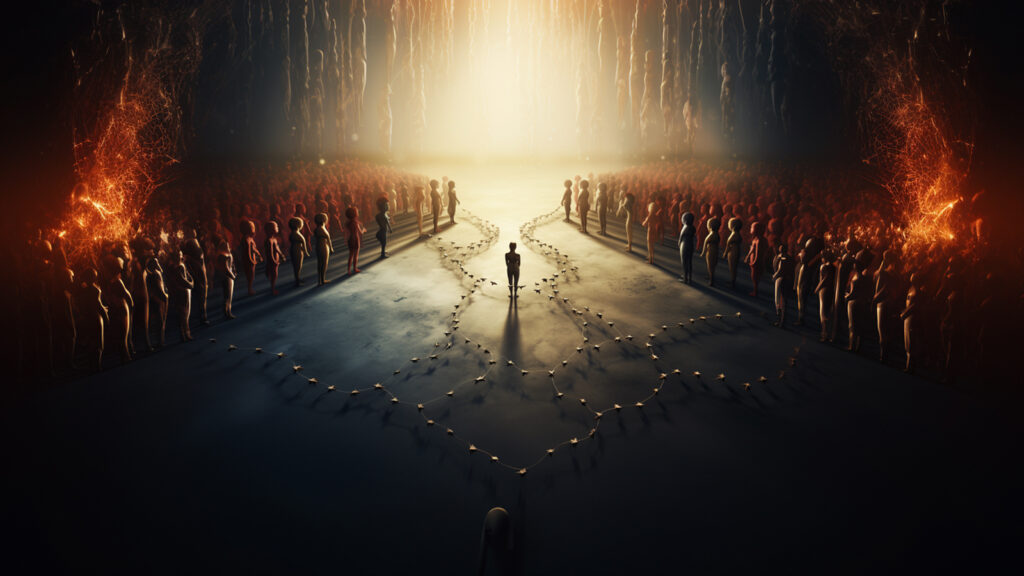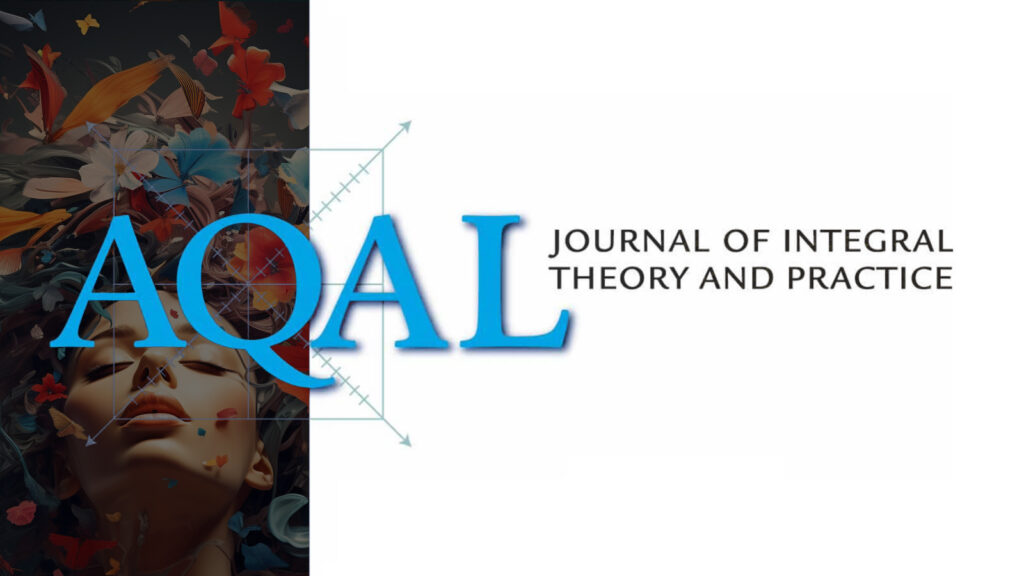In this profound presentation by Brad Reynolds, we explore the essence of integral consciousness and its implications for personal and societal transformation. Delving deep into the heart's role in spiritual awakening, the conversation emphasizes the interconnectedness of the head, heart, body, and spirit, with the breath as a conduit for circulating spiritual energy. The discussion touches upon the rich tapestry of human development, drawing from the wisdom of ancient traditions and modern integral thought. Brad's emphasis on love as a transformative force is particularly moving, with the assertion that to truly be integral, one must embody love.


 December 1, 2023
December 1, 2023 
